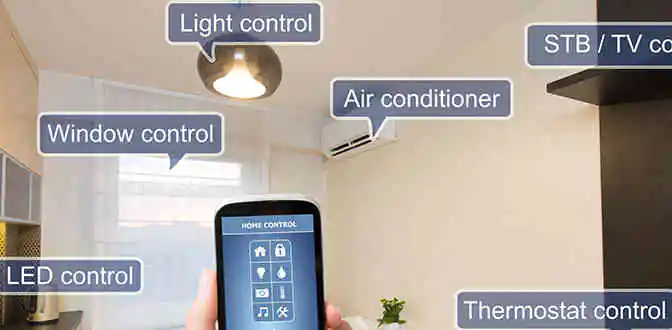With the rapid growth of world population and new technologies emerging at an unprecedented rate, energy needs are rising radically with every passing year. As per the U.S Energy Information Administration, the global energy consumption is expected to reach 605 quadrillions Btu by 2020, growing at an average annual rate of 1%. The U.S alone is responsible for about 17% of the world’s primary energy consumption, despite representing only 4.4 percent of the global population. The need of the hour is effective and scalable energy management.
From the offices we work in to the restaurants we patronize; this imbalance is mainly due to inefficiencies in energy management by industrial and commercial buildings. On an average, commercial buildings waste 30% of the energy they use, per the U.S Environmental Protection Agency. They are also responsible for 18% of the carbon dioxide emissions, a primary greenhouse gas.
Energy management enlists new technologies to the rescue
While the energy wastage and inefficiencies are proving to be a severe concern for governments and authorities across the globe, innovations pertaining to the way we store, manage and allocate energy has enabled individuals to take absolute control of every nuance of their building. From smart meters, electric cars and advanced systems for monitoring and controlling energy-hogging industrial machines, future conscious companies are continually creating more sustainable and cost-effective ways to save energy.
In recent times, the emergence of the Internet of Things (IoT) and the advancements in energy management have introduced new disruptive technologies that could undoubtedly change how today’s buildings operate. Venture capitalists, tech entrepreneurs, and researchers are pouring time and resources into the energy management systems that will reshape the industrial landscape of the future.
Here are four of the most crucial energy management innovations that will help individuals and organizations better manage their energy resources in a cost-effective and environmentally responsible format-
1) Intelligent buildings with smart connectivity
Over the past few years, we have all been hearing a lot about smart buildings, the connected home and the Internet of Things (IoT). The revolutionary advances in the tech industry are slowly but surely paving the way for the energy efficiency solutions. The ever incrementing capabilities of internet powered sensors and building energy management systems (EMS) make smart building technologies an attractive investment for small as well as large organizations.
The ease with which building operators and facility owners can capture and analyze data about building performance and most-importantly energy consumption is certainly a major USP for these ground-breaking solutions. There have been many quick wins in recent times for energy efficiency in terms of software updates for cooling and heating, but for the long-term, the next big transformation for businesses will be to get all of the building’s systems to work together in real-time.
2) Distributed energy resources with smart inverters
Gone are the days when people used to plug their electrical machines into an outlet and were gratified to have the power flow-in from some far-off, unseen location. Today, generating electricity from renewable sources- particularly solar panels- has become more accessible and affordable. The growing demand for distributed energy resource management (DERM), which includes on-site generation and storage solutions, certainly indicates that these systems will play a pivotal role in energy efficiency management. This is due in large part to dipping prices and increasing support from the utility companies.
On the other hand, smart inverters help control onsite energy generation and storage. They enable continuous two-way communication between the electric grid and DER and can proximately respond to load signals, demand response events, electricity rates and power outages.
3) Automated system optimization
While traditional building automation system (BAS) entirely relies on set points and preset schedules for building operations, automated system optimization (ASO) works based on real-time feedback. ASO uses cutting-edge technologies to collect and analyze building systems’ energy and operational performance data and make preventive changes in procedures based on external factors such as weather forecasts, occupancy patterns, and utility rates. It uses cloud-based remote building monitoring that allows operators to monitor building performance using web-based energy management platforms.
4) Smart lighting for smart building
Smart lighting is all the rage these days, with a large number of companies embracing it mainly due to the affordable prices and increased energy efficiencies. Intelligent lighting systems are empowered with advanced controls that incorporate daylighting, superior occupancy and dimming functions to eliminate overlit spaces. These systems can be controlled wirelessly and are programmed to function as lighting management systems. Wireless panels facilitate easier retrofits, while lighting management systems allow users to access controls through web-based dashboards.



